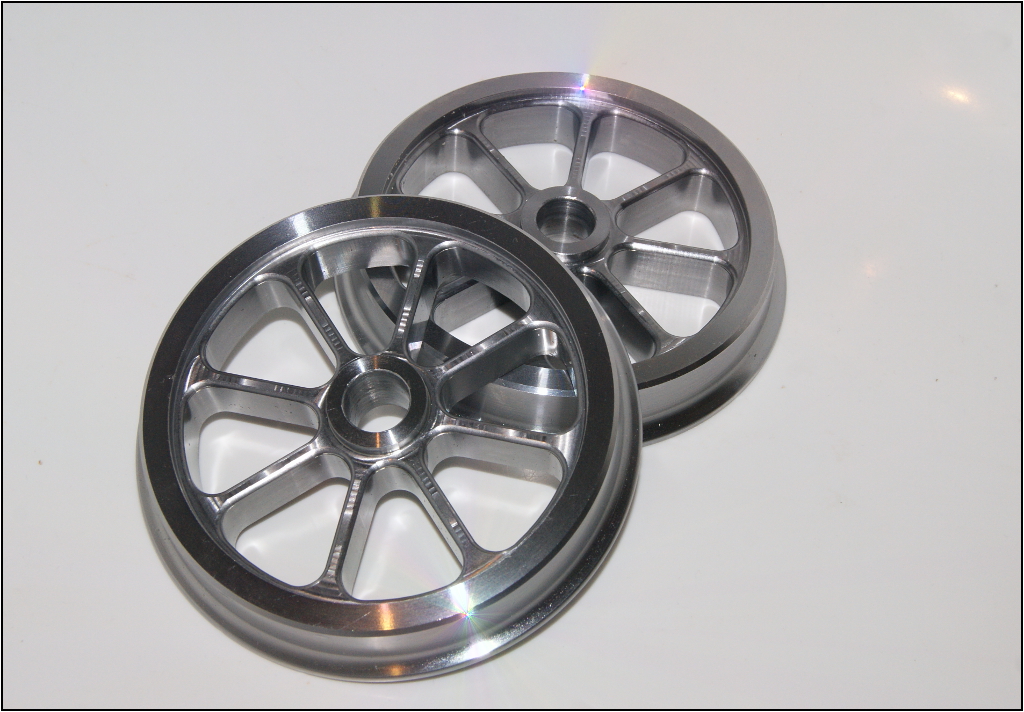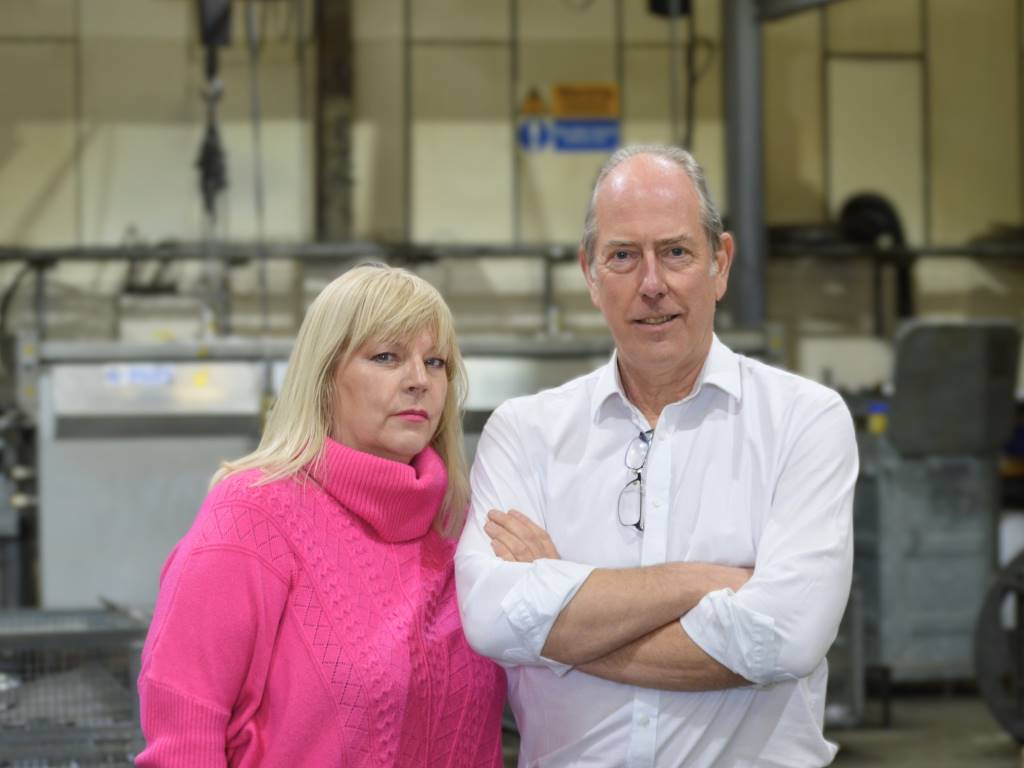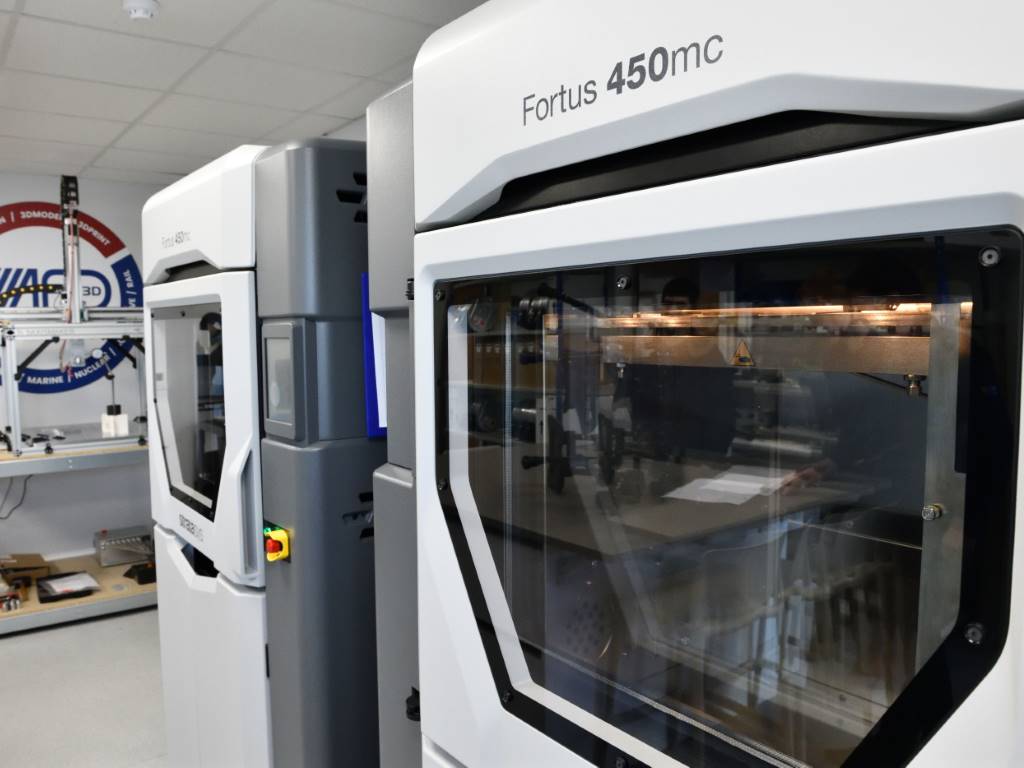Steaming ahead with CAM

Edgecam is helping a model railway manufacturer offer an important new service its customers and enthusiasts and all within a few months of installing the software. PES reports.
Matlock-Derbyshire based 17d Miniatures produces a range of scaled working models of locomotives, carriages and wagons, for three miniature railway gauge systems: 5 inch, 7.1/4 inch and 10.1/4 inch.
Its locomotives for the 5 inch gauge are a scale of one-twelfth, at around 6ft long, rising to approximately 12ft for the 10.1/4 inch gauge. All 17d’s trains are sit-on, with enthusiasts actually being able to get inside some of the larger models.
The family-run business is based in its 2,500ft² premises at a converted mill in the Derbyshire Peak District. Partner Tristan Dengate says customers range from private collectors through to commercial operations.
After switching to Edgecam in early 2017, the company is looking to apply the techniques it has used for producing its railway-related models, to manufacture components for model cars, boats, lorries and aircraft. This will be a natural progression for the business, as it already offers a general machining subcontract service for other companies. “Currently around 60% of our time is spent on machining components for our own products, with 40% producing items for other companies,” Mr Dengate states.
Mr Dengate says Edgecam has been the springboard for 17d Miniatures to promote itself as the ‘go to’ company for individual enthusiasts wanting machined parts: “A large number of hobbyists have spent 20 or 30 years making working steam engines in their sheds, and are now finding time is against them as they are getting older. So, they are looking for as many components as possible to be machined for them. Edgecam has given us the opportunity to say, ‘yes, we can machine that for you,’ at a sensible cost.”

Changing direction
Thanks to Edgecam 17d Miniatures is also starting to change how it manufactures certain parts. Mr Dengate says it uses a lot of resin cast units for bearing carriers.
“These aren’t as precise as they could be, but because Edgecam is so quick and accurate we can switch to machining them from solid block,” he explains. “The ability to move away from castings is really going to change how we work. The market is used to castings for many components, but we’re now starting to turn that on its head by showing that they don’t actually need castings – the products can be machined from solid which is far quicker, even though there’s more material to remove.”
Where specifically required, Edgecam does machine cast iron, both in round bar and block form. Mr Dengate says the software’s powerful Waveform Roughing Strategy is one reason it is so fast: “We were able to triple the feed rates, and have the cutter going in considerably deeper than we could with traditional roughing.”
Amongst the mild steel and aluminium components 17d Miniatures mills with Edgecam are wheels, profiles, counter-balance weights, working cylinder blocks, valve gear components, chimney fitments, and brake callipers. Everything that is milled goes through Edgecam and is machined on a Bridgeport VMC 412x 3-axis machine tool.
“Around 80% of the components need to be high precision,” Mr Dengate explains. “For instance, when we’re machining valve gear and cylinders it’s crucial they’re absolutely perfect – and we know that with Edgecam’s NC code they always will be.”
The company began its CNC journey several years ago and initially programmed the Bridgeport both manually and with a lightweight CAM software more geared towards hobbyists using benchtop hobby mills. Mr Dengate had to work out the best way of machining, and then generate perhaps ten different cycles to arrive at what he’s now achieving with one cycle in Edgecam.
He points out that he is not a time-served machinist, nor has he had any formal training on Edgecam, but he quickly began to successfully program parts, and even set up a post processor: “I’ve come a long way in a very short time and am able to produce reasonably complex parts rapidly and accurately. I’m looking to produce even more complex components in future.”
All of which stands the company in good stead for its plans to increase subcontract model-making: “Edgecam gives the ability to produce working scale models, rather than just mock-ups. Many companies would benefit from having proper working models as a display piece or technical exercise. For example, we’ve produced a wheel and chassis bogey assembly for a company providing test rigs for testing full-size assemblies, and they needed a working model for exhibitions around the world.
“Another benefit of Edgecam is that it enables us to give accurate costings to customers. Being able to get an actual cycle from Edgecam means our estimates are pretty much spot on.”

Hitting the button
As a considerable amount of work is carried out in a chuck mounted on the machine tool bed, Mr Dengate says it is simple to load a customer’s 3D CAD file and select the appropriate fixture from Edgecam’s library.
“The facility to simply hit a button to put a 10 inch chuck on the virtual machine, for instance, is invaluable for tool collision detection giving greater confidence in the code – enabling me, with certain work, to load the material and hit go, without dry-running,” he reveals.
“Also, the standard stock fit option covers around 90% of what we’re doing, so, again, it all saves time. And it’s easy working with datums – we can reference it any way we want to with just two or three clicks.”
He concludes: “It is easy to access the appropriate functionality in Edgecam to carry out any type of operation. And once I’ve selected an operation it’s simple to go back and edit it. I decided to purchase Edgecam after a one-month trial earlier this year, and it’s quickly become an integral part of our manufacturing process.”
EDGECAM www.edgecam.com
17D MINIATURES http://17d-miniatures.co.uk














